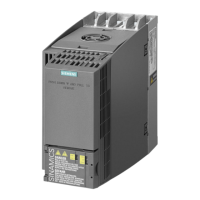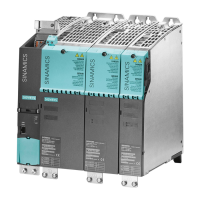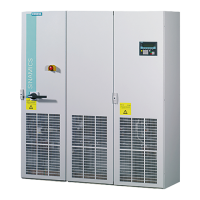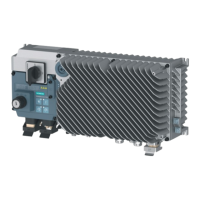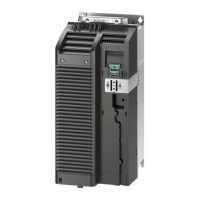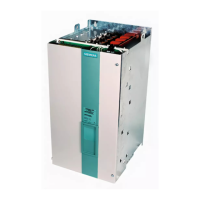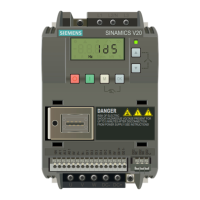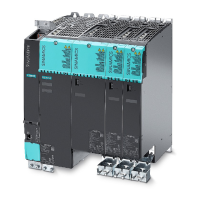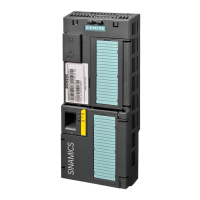Configuration
5.3 Dimensioning
Synchronous Motors 1FK7
62 Configuration Manual, (PFK7S), Edition 12.2006, 6SN1197-0AD16-0BP1
5.3 Dimensioning
5.3.1 1. Clarification of the type of drive
The motor is selected on the basis of the required torque, which is defined by the application,
e.g. traveling drives, hoisting drives, test stands, centrifuges, paper and rolling mill drives,
feed drives or main spindle drives. Gear units to convert motion or to adapt the motor speed
and motor torque to the load conditions must also be considered.
As well as the load torque, which is determined by the application, the following mechanical
data are among those required to calculate the torque to be provided by the motor:
• Masses moved
• Diameter of the drive wheel/diameter
• Leadscrew pitch, gear ratios
• Frictional resistance
• Mechanical efficiency
• Traversing paths
• Maximum velocity
• Maximum acceleration and maximum deceleration
• Cycle time
You must decide whether synchronous or induction motors are to be used.
Synchronous motors are the best choice if it is important to have low envelope dimensions,
low rotor moment of inertia and therefore maximum dynamic response.
In this context, suitable motors would be the 1FK7 and 1FT7, which can be operated in
"Servo" control mode.
The following factors are especially important when engineering a drive application:
• The line system configuration, when using specific types of motor and/or line filters on
IT systems (non-grounded systems)
• The ambient temperatures and the installation altitude of the motors and drive
components.
The motor-specific limiting characteristics provide the basis for defining the motors.
These define the torque or power characteristic versus the speed and take into account
the motor limits based on the DC-link voltage of the power or motor module. The DC-link
voltage, in turn, is dependent on the supply voltage and, with multi-motor drives, on the type
of the line module.

